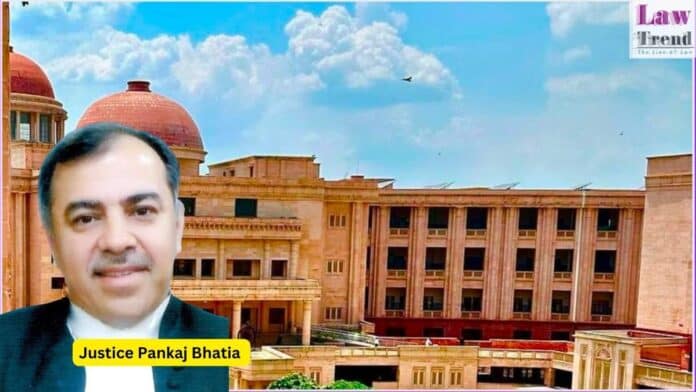The Allahabad High Court, in a significant ruling, has held that the various measures taken by a secured creditor under Section 13(4) and Section 14 of the SARFAESI Act, 2002, constitute a continuous cause of action. The court clarified that the 45-day limitation period for a borrower to approach the Debts Recovery Tribunal (DRT) under
To Read More Please Subscribe to VIP Membership for Unlimited Access to All the Articles, Download Available Copies of Judgments/Order, Acess to Central/State Bare Acts, Advertisement Free Content, Access to More than 4000 Legal Drafts( Readymade Editable Formats of Suits, Petitions, Writs, Legal Notices, Divorce Petitions, 138 Notices, Bail Applications etc.) in Hindi and English.







